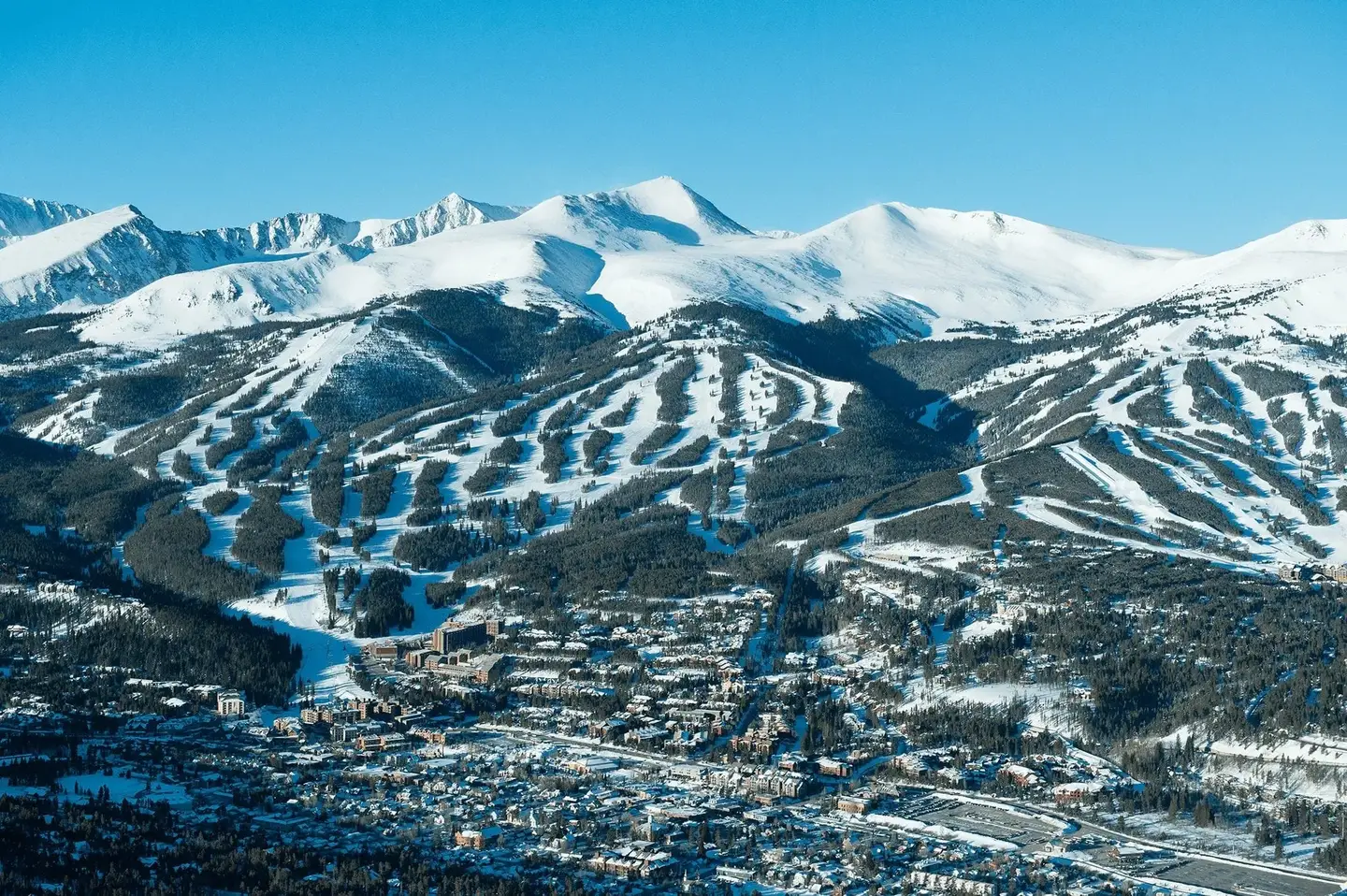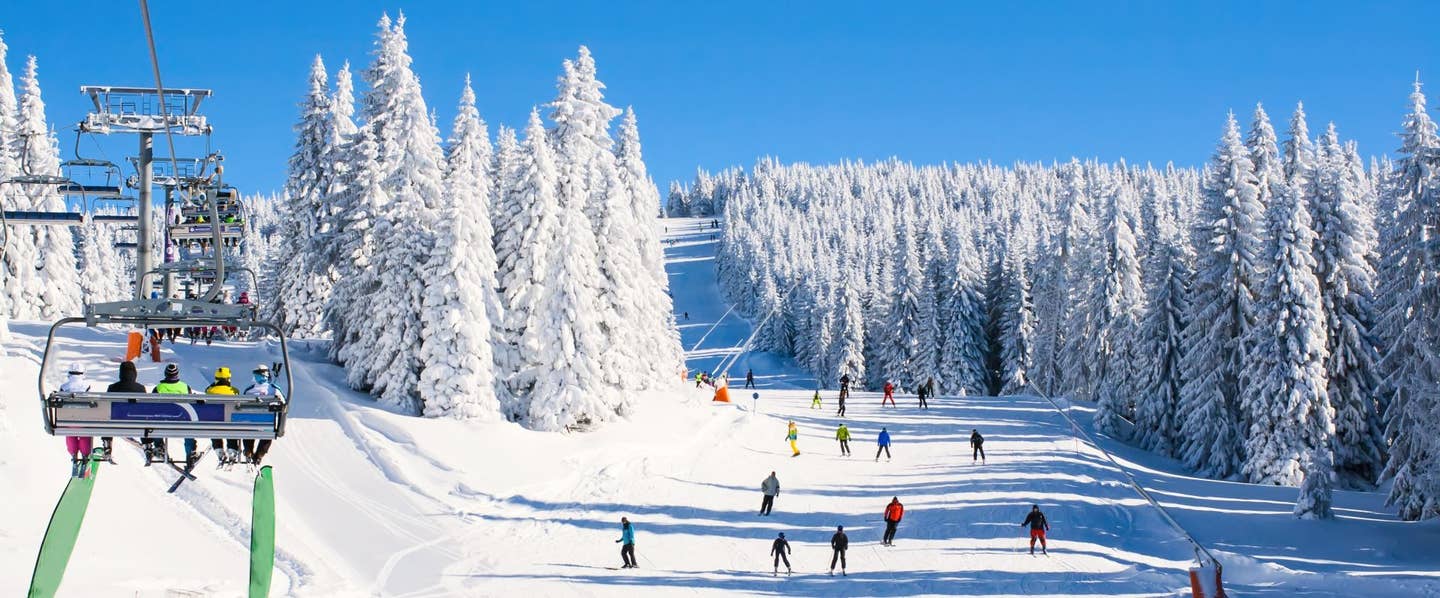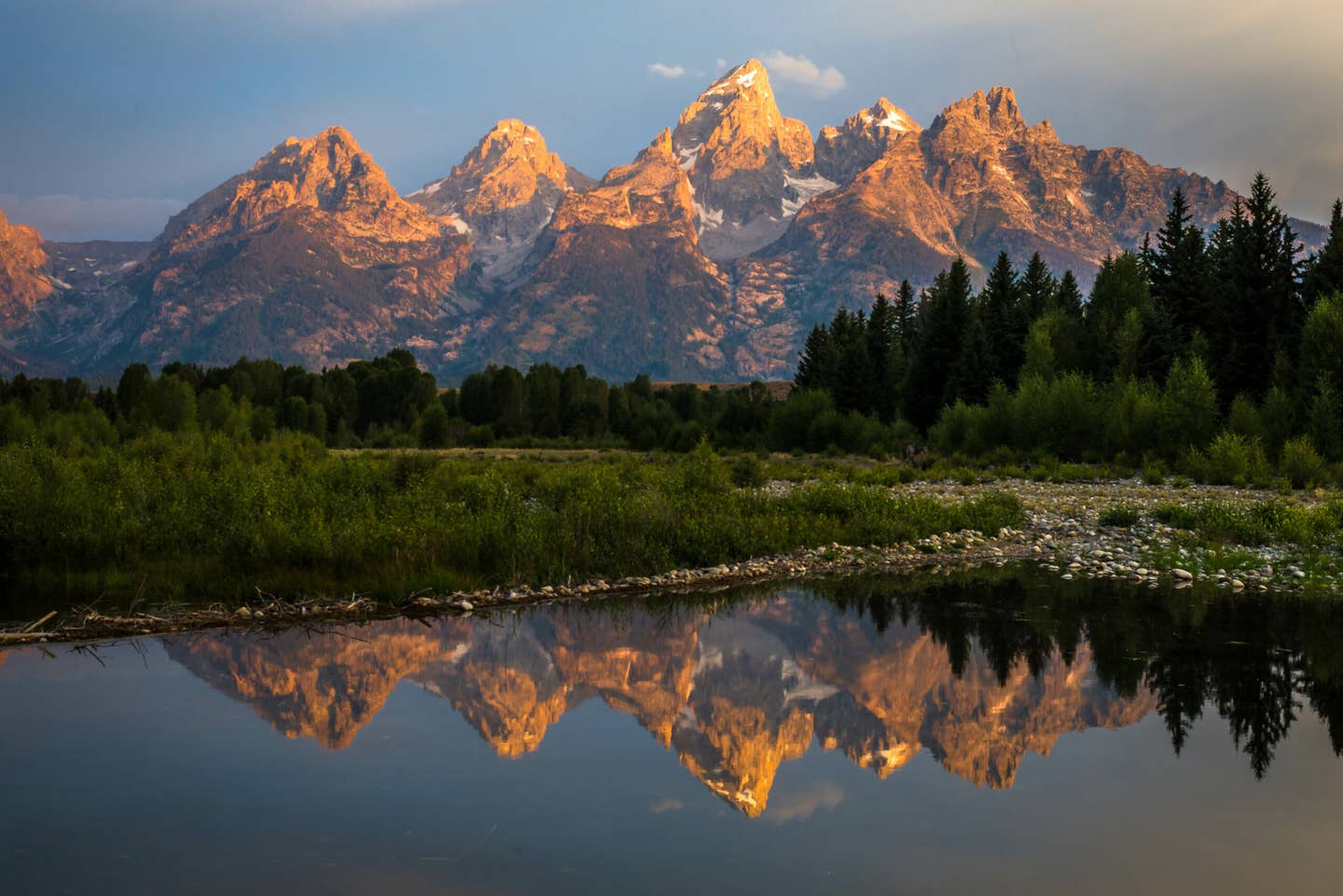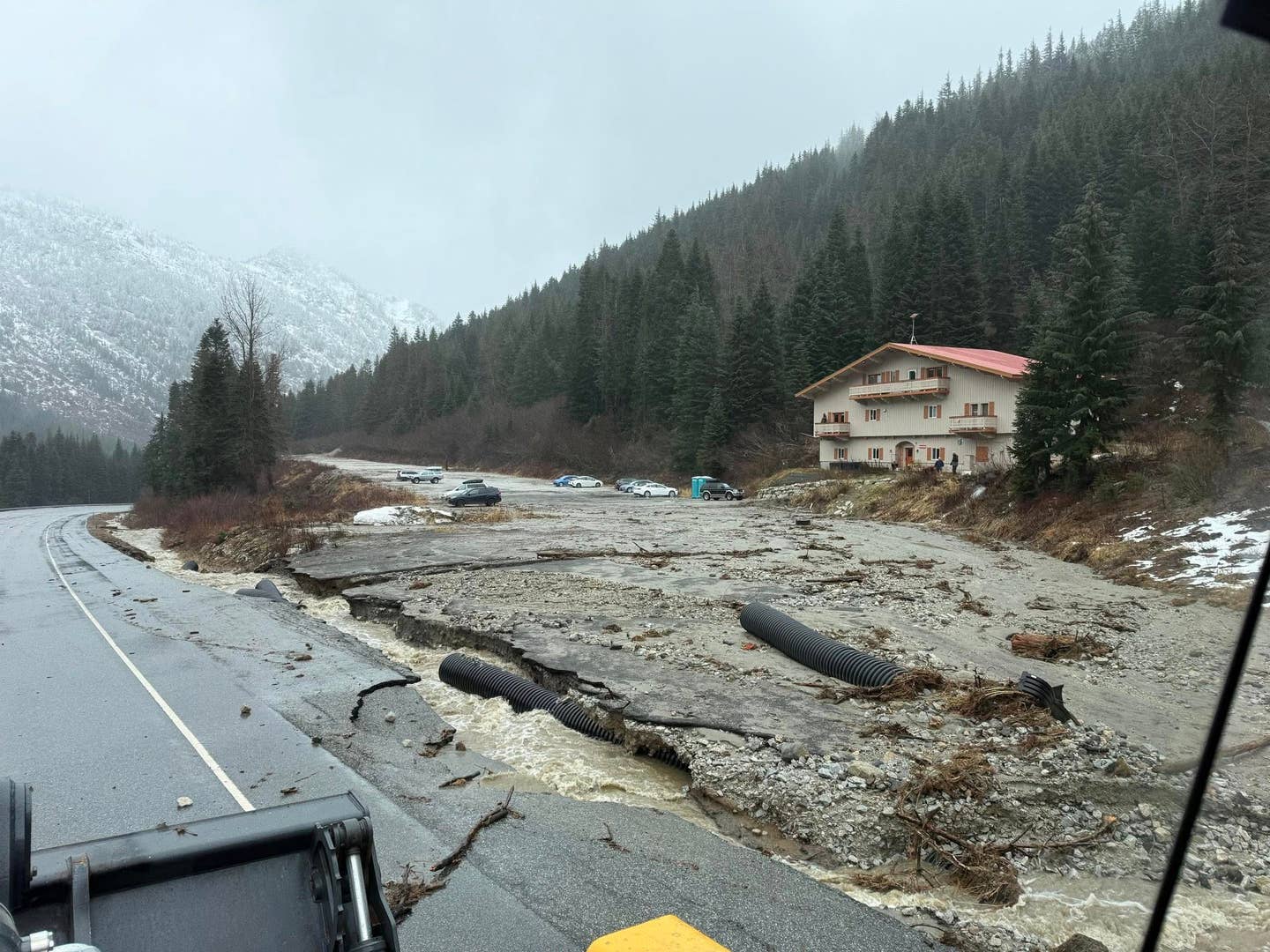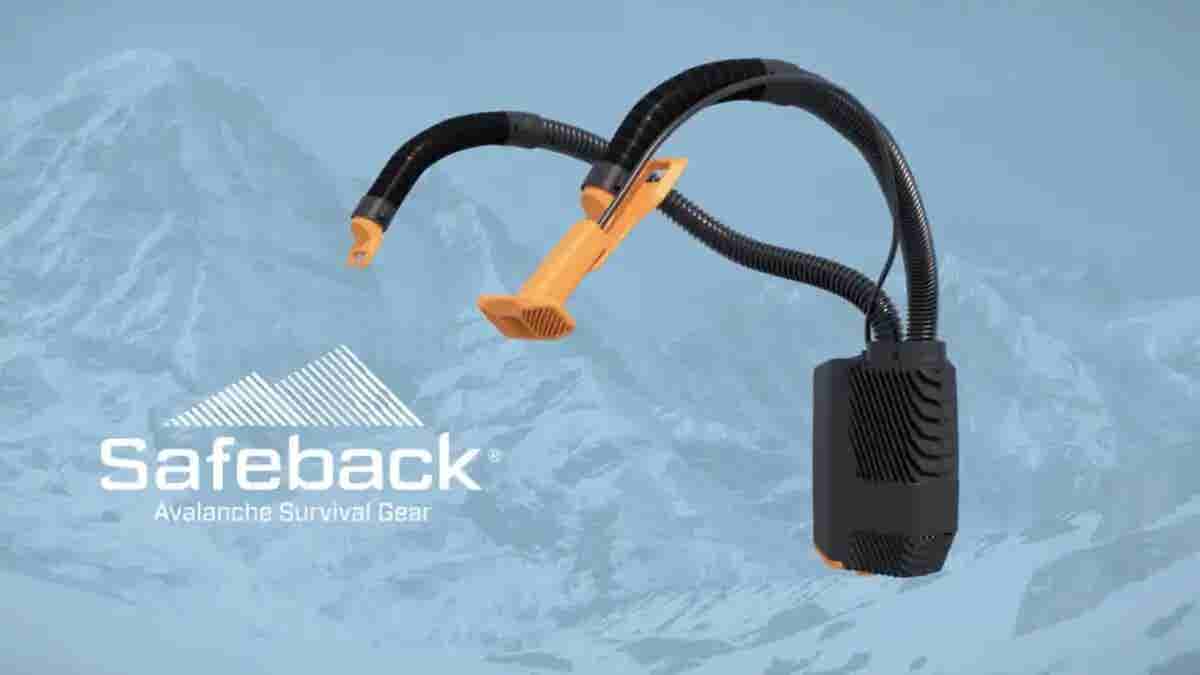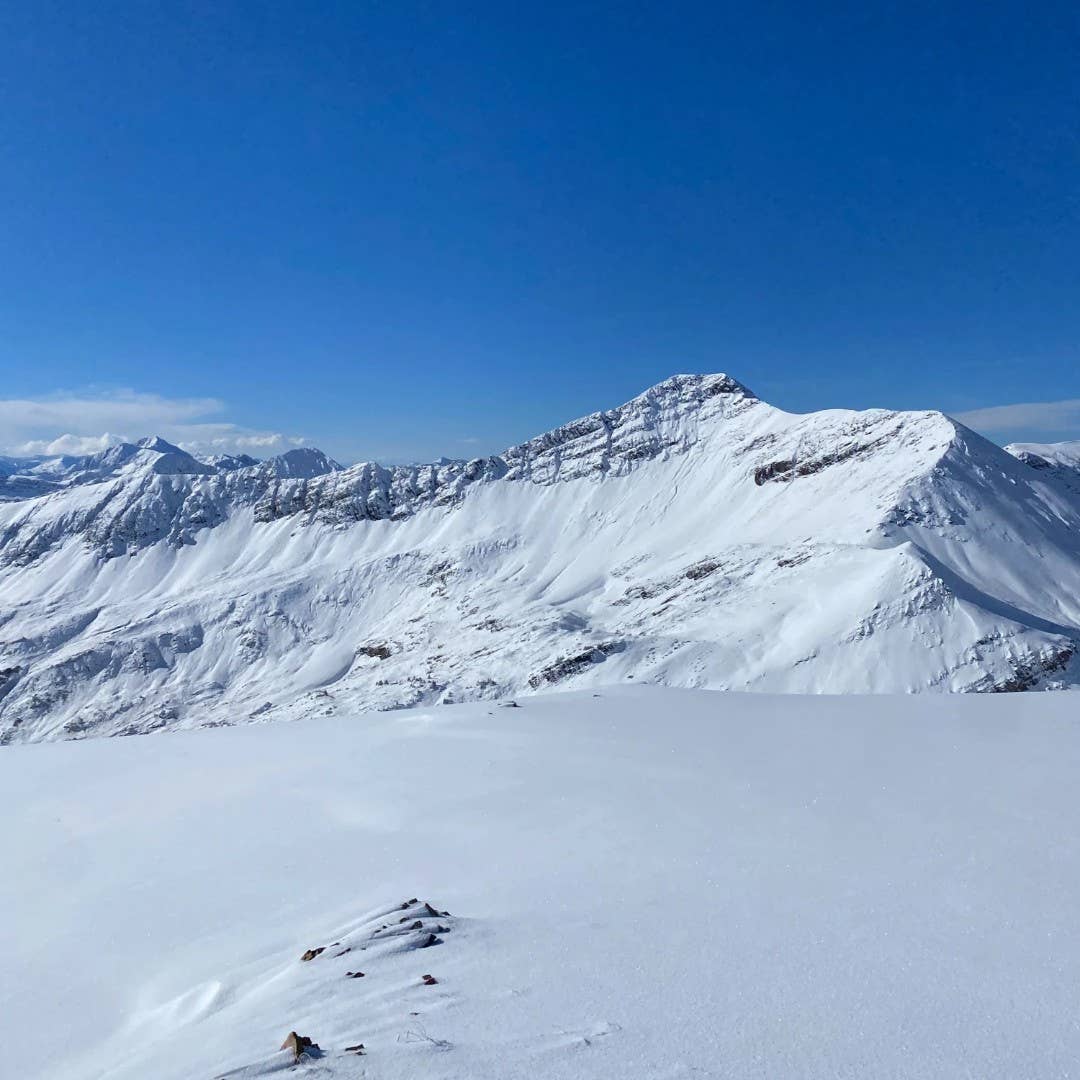

First Slide of the Season: A Necessary Reality Check for Early Backcountry Missions
Popular Stories
The first snowfall of the year has an undeniable pull. It brings that pure stoke that makes us grab our gear and hustle to the high peaks. But on Friday, October 24th, that excitement was met with a brutal reality check in the Elk Mountains of Colorado. A skier-triggered avalanche near Treasury Mountain marked the official start of the season’s risk—a vital reminder that avalanche danger doesn't wait for mid-winter.
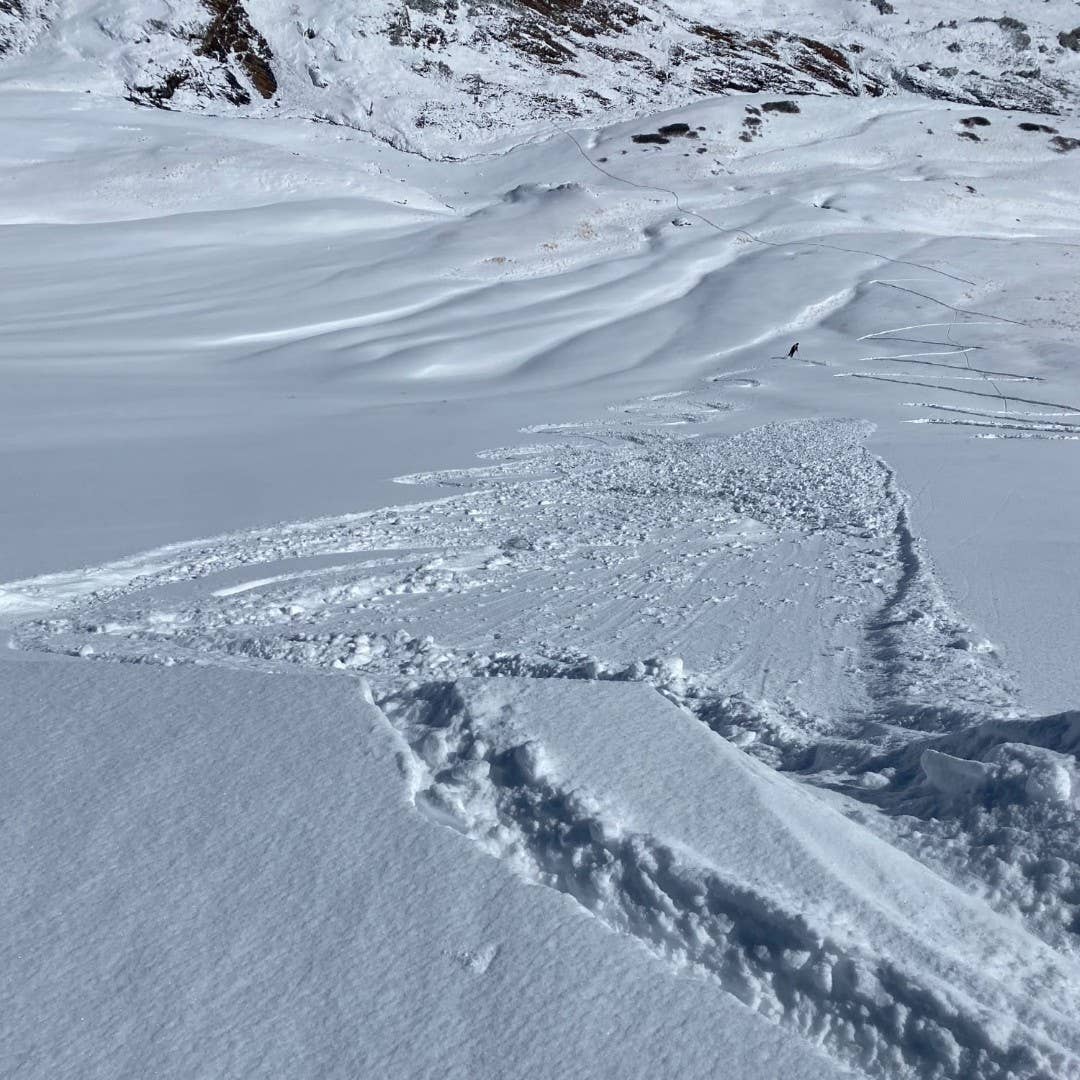
The Initial Alarm
The incident followed a relatively modest overnight storm, with only about eight inches of new snow reported in the area. Critically, this slide was skier-triggered. The Colorado Avalanche Information Center (CAIC) was quick to point out the core issue: even small early-season slides can occur on steep slopes where you find a consistent depth of ten inches or more.
This is the kind of situation that demands absolute focus. When the snowpack is this thin, the danger is often unseen, hiding just beneath the surface. It's not the massive, obvious slides of mid-winter that are the initial problem; it's the small pockets of instability on thin coverage.
Low Tide, High-Risk Reality
Why are these early-season events so concerning?
- Weak Foundation: The initial snow often falls on rocks, grass, and ground that is still relatively warm. The first snow layers freeze and then quickly become weak, sugary crystals that cannot bond with subsequent snow. Therefore, a new layer of fresh powder only needs a slight trigger—like the weight of a person—to fracture and move.
- Terrain Traps: Because the snowpack is thin, small avalanches often run into terrain traps like boulders, trees, or gullies. This significantly increases the risk of injury or burial, even from a small slide. What might be a "manageable" slide in deep winter becomes a gnarly life-threatening event when the ground is barely covered. The consequences are magnified.
Sign Up for the TGR Gravity Check Newsletter Now
This low-tide situation doesn't mean you can’t get after it, but it absolutely means you must be strategic. We must treat every early-season slope with extreme caution.
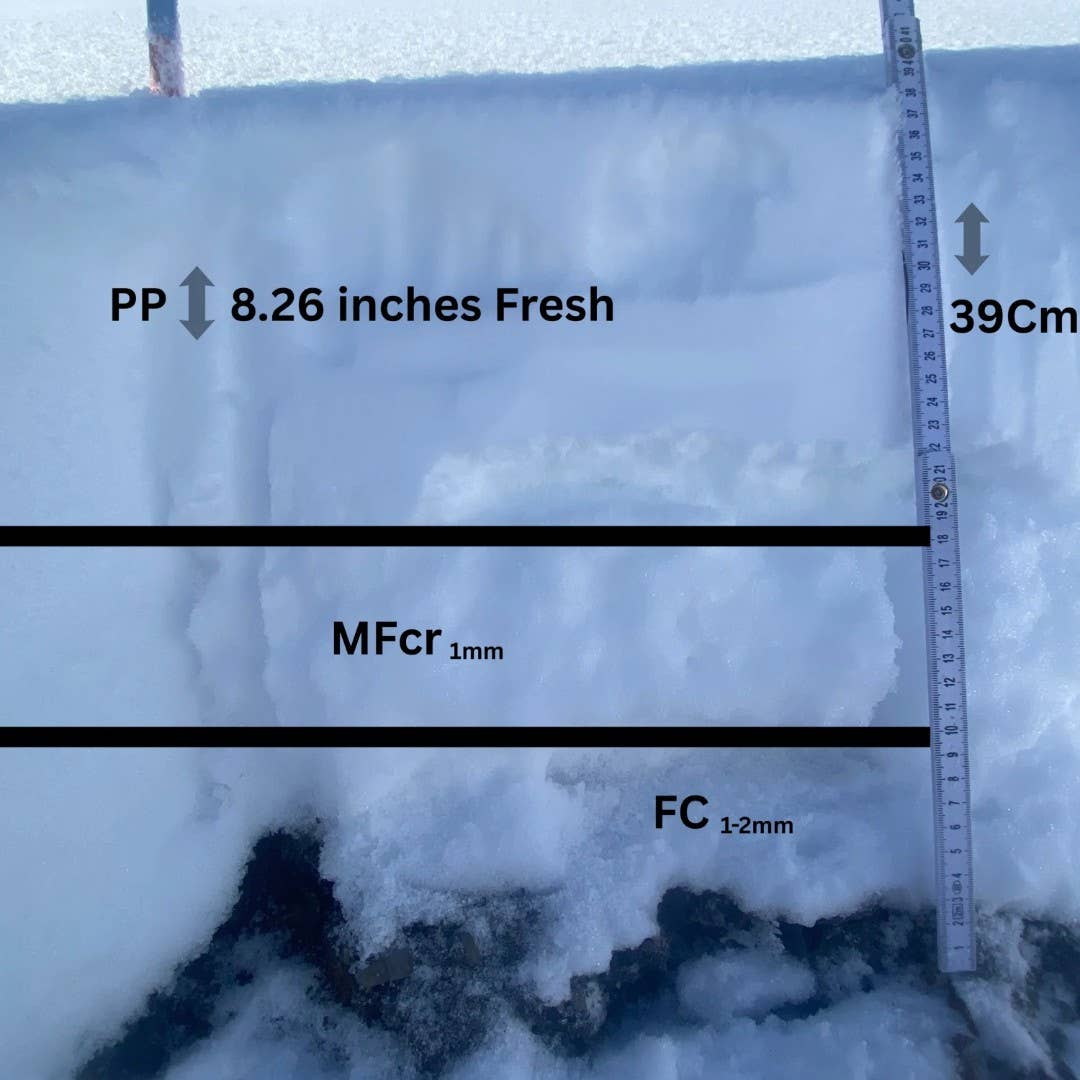
Lock in Your Focus
The CAIC will resume its daily forecasts on November 1st, providing essential data for those operating in the backcountry. Until then, it is completely on the individual to educate themselves and make conservative choices.
Here’s the mandatory protocol:
- Check the Beta: Educate yourself on the current early-season conditions. Use resources like Colorado.gov/avalanche (the CAIC site) to read up on the current state of the snowpack.
- Choose Wisely: Stick to low-angle terrain. Avoid steep, exposed slopes, especially those with rock outcroppings that could create stress points in the thin snow.
- Bring the Gear: Always, without exception, carry your beacon, shovel, and probe, and know how to use them.
The mountains are beckoning, but safety is the most essential part of a life lived for action. Respect the power that even small amounts of snow can hold.
